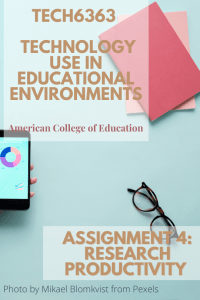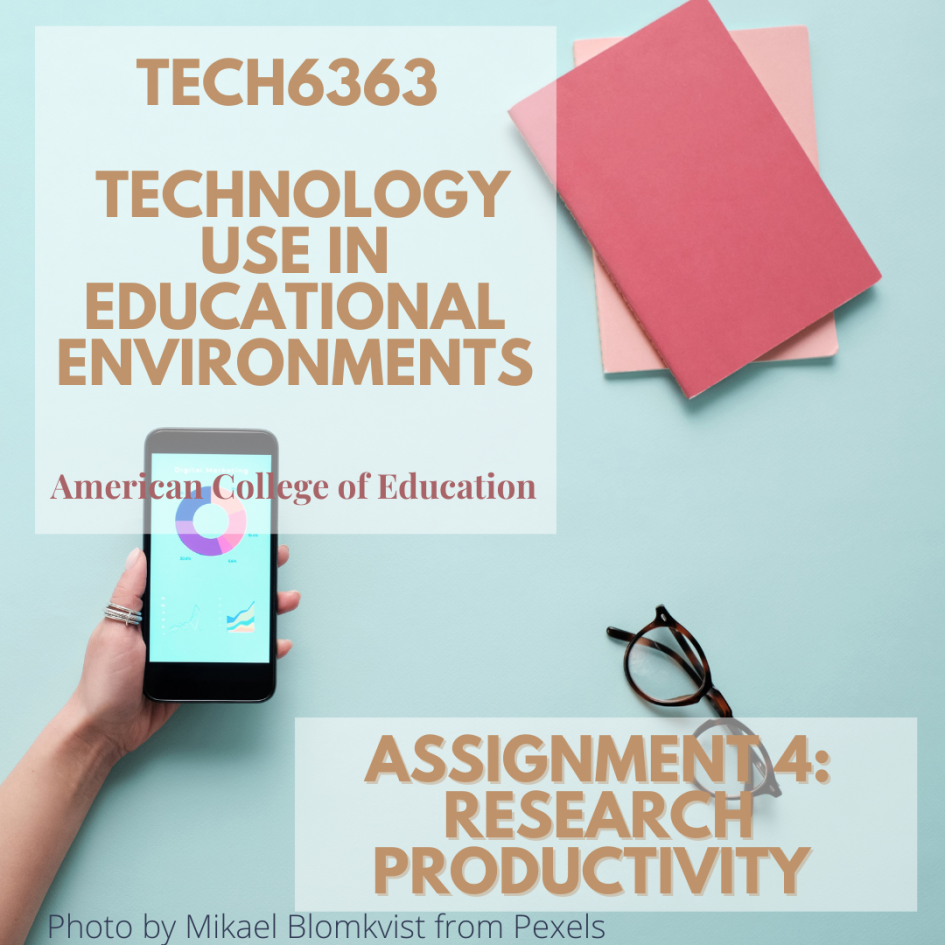Productivity
Productivity is often viewed by output alone, but that ignores the input by which the output should be judged. The Harvard Business Review (2014) frames the concept of productivity as a “…focus not on dollars per hour but on labor dollars per product” (p.4). As schools invest dollars to boost productivity the input should be closely scrutinized. I am viewing my recent research process through productivity lens in this blog post.
Semi-Structured Interviews
In fulfillment of my dissertation research, I conducted 16 one-on-one interviews. In the pandemic setting, schools have more restrictive policies on visitors, teachers have less time between students with new cleaning duties, and as the interviewer, I felt uncomfortable being contacted traced from this academic activity. In my introduction email inviting them to participate, I included a form where the potential interviewee could indicate an interest in conducting the interviews via Zoom web conferencing.
Input
“At this moment of changing human interaction patterns, online and/or videoconferencing interviews can be considered a viable mode of data collection rather than a second choice, especially when face-to-face interviews are not possible…” (Khalil & Cowie, 2020, p 101). To interview teachers face to face I would need to drive to and from their school, go through the local school pandemic protocol, possibly wait for the teacher, encounter various small talk, and then drive back to work. Whatever the total time involved would need to be documented for the time to be made up later. Fortunately, I only had one teacher out of 16 opt for a face-to-face interview.
The remaining 15 interviews were conducted via Zoom (2021). Each interview included an introductory portion where I read a statement and asked for permission to record. Next, I recorded the interview; I have the time for the duration of the interview recorded. Once I ended the interview, I alerted the teacher and asked if the interviewee had any additional questions. Only one interview exceeded 60 minutes based on my calendar.
Output
The one face-to-face interview I completed took 54 minutes of drive time, 60 minutes of time within the school, only 18 minutes was the actual interview. With the productivity calculation of interview to total time at 16%. I was able to conduct all 16 interviews within two weeks. I would not have been able to complete all 16 interviews within that time frame if all lasted 114 minutes.
Table 1 assumes 60 minutes total time for all interviews apart from A1 which went 90 minutes based on my calendar. Even with select brief interviews with School B teachers, the productivity of the face-to-face interview at School E was the lowest. The output is not commensurate with the expended effort. That does not mean the data is not valuable, but the way the data was gathered is not eh most productive.
Table 1
Teacher Interview Productivity Calculation
|
|
School
A |
School
B |
School
C |
School
D |
School
E |
School
F |
School
G |
School
H |
| Teacher 1 | 68% | 25% | 42% | 48% | 16% | 42% | 28% | – |
| Teacher 2 | 67% | 30% | 45% | 72% | – | – | 63% | 48% |
| Teacher 3 | 67% | 23% | – | – | – | – | – | – |
| Teacher 4 | 55% | – | – | – | – | – | – | – |
Conclusion
McCafferty (2020) claims inefficiencies in collaboration costing us nine weeks of wasted work time per year. A timely question to ask would be which tasks can be improved by moving them to synchronous web conference settings such as Zoom? My dissertation interviews were improved in time from interview to data analysis and interviewee experience.

References
Chew, W. B. (2014, August 1). No-Nonsense Guide to Measuring Productivity. Harvard Business Review. https://hbr.org/1988/01/no-nonsense-guide-to-measuring-productivity.
Khalil, A., & Cowie, B. (2020). A research note: Videoconferencing interviews. Waikato Journal of Education (2382-0373), 25, 101–107. https://doi.org/10.15663/wje.v25i0.778
McCafferty, D. (2020). Inefficient Collaboration Tools Hindering Project Management Teams. EWeek, N.PAG.
Zoom Video. (2021). Video conferencing, web conferencing, webinars, screen sharing. https://zoom.us/.






1 Pingback